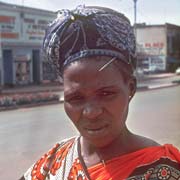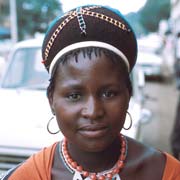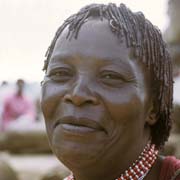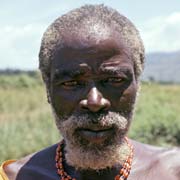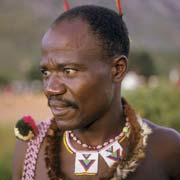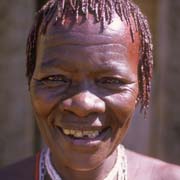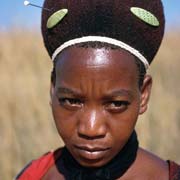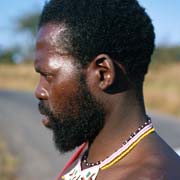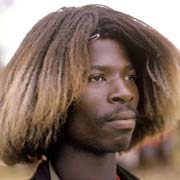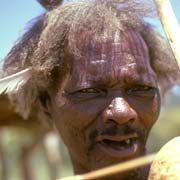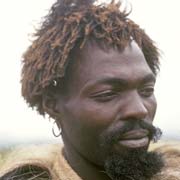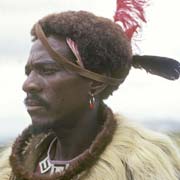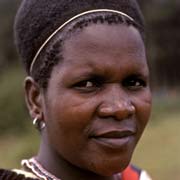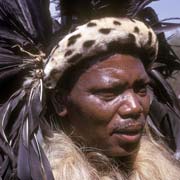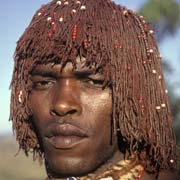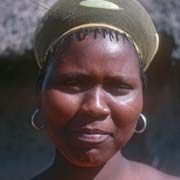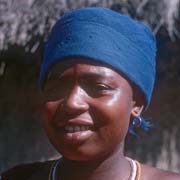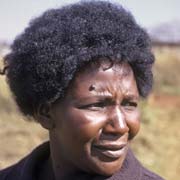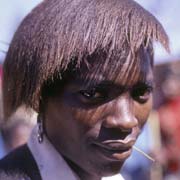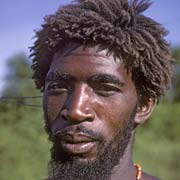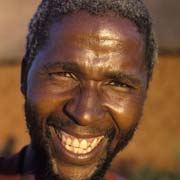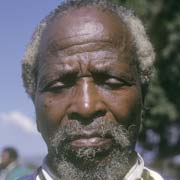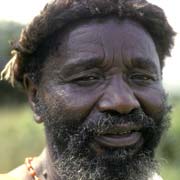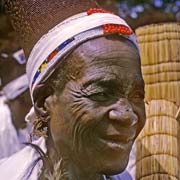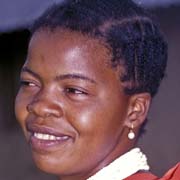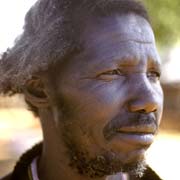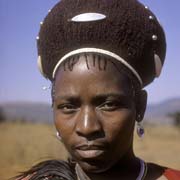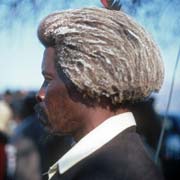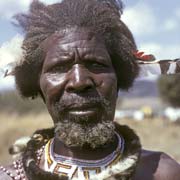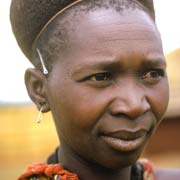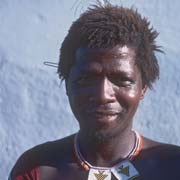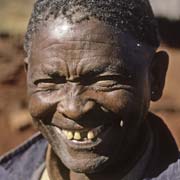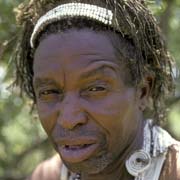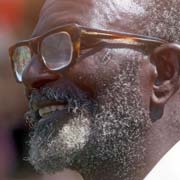Portraits of Swaziland
Portraits of Swaziland
Dignified and handsome, Swazi people were a great subject for portrait photography and were always more than happy to pose for the camera.
you may then send it as a postcard if you wish.
Swazi women traditionally wear their hair in a beehive style known as "sicolo"; the hair is teased out with a porcupine quill and a pin is often worn stuck in it: this can be used to scratch the scalp if required. Another striking hair style is the "siyendle" worn by a "sangoma" or traditional healer. Often misleadingly called "witchdoctor", the sangoma wears his or, more frequently, her, hair in ringlets that are smeared with mud and red ochre (or apparently, red floor polish is also popular with some). The male "inyanga", mainly a herbalist, may also wear his hair in small braids.
Traditionally the men would spend long hours on their appearance and this included working on the traditional hairstyle: they might sit a long time underneath a waterfall and comb their hair out to straighten it. It would then be bleached with grease and left to dry in the sun. This style could occasionally still be seen.
During Easter the Native African churches ("emaZayoni" or Zionist churches) come together in Lobamba and their members, like those of the Nazareth Church, look very impressive, often resembling prophets from the Old Testament. A member of one of the traditional "Emabutfo" regiments uses a strip of insulating foam as a headdress and during the iNcwala or First Fruits Ceremony elaborate head dresses made with feathers and pelt may be worn. The Swazi are masters in making themselves look good for all occasions!



